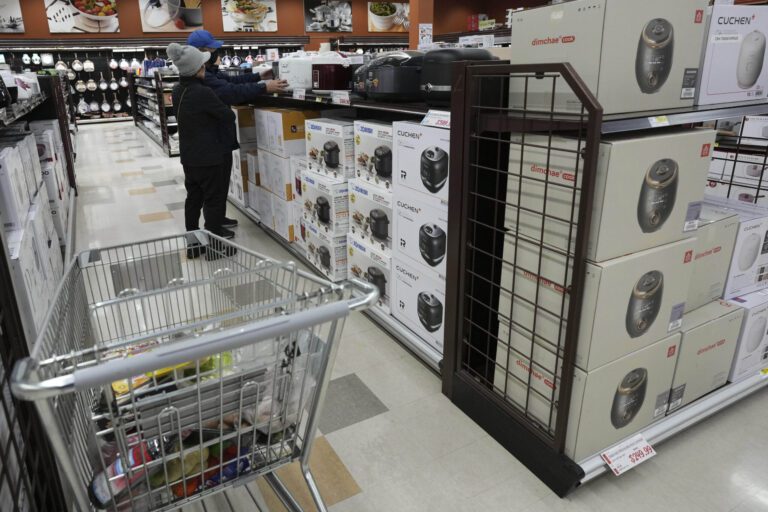Trump Implements 25% Tariff on Imports from Japan and South Korea: Key Details Unveiled
In a significant shift in U.S. trade policy, President Trump has announced a 25 percent tariff on all imports from Japan and South Korea. This decision marks the beginning of a series of trade measures anticipated in the coming days.
Announcement Highlights
On Monday, through posts on his platform Truth Social, President Trump shared letters addressed to Japanese Prime Minister Ishiba Shigeru and South Korean President Lee Jae-myung. The letters informed both leaders about the new reciprocal tariffs, set to take effect on August 1.
Excerpts from the Presidential Letters
In his communications, President Trump emphasized the need for “balanced and fair trade.” He stated that the 25 percent tariff is “far less than what is needed to eliminate the Trade Deficit disparity” between the U.S. and these nations.
- Opportunity for Negotiation: The president reassured both countries that there might be adjustments to the tariffs, depending on future negotiations, saying, “These tariffs may be modified, upward or downward, depending on our relationship with your Country.”
Impact on American Consumers
Should these tariffs go into effect, American consumers could face significant price hikes on a variety of products, including:
- Vehicles
- Health and beauty products
- Optical equipment (e.g., cameras)
- Clocks and watches
Market Reaction
The announcement had immediate repercussions on financial markets. The Dow Jones Industrial Average, S&P 500, and Nasdaq composite indices all dropped by more than 1 percent following the trade news.
Broader Tariff Plans
In a follow-up move within hours, President Trump extended the tariffs to several other countries, including Malaysia, Kazakhstan, South Africa, Laos, and Myanmar, with rates varying from 25 to 40 percent. Notably, the tariffs for Myanmar, Laos, and Kazakhstan are lower than previously assigned rates from April.
Timeline Adjustments
Originally set to take effect on July 9, these tariffs’ start date has been pushed to August 1, allowing countries additional time to negotiate more favorable trade agreements.
- The initial import tax rollout on April 2, dubbed "Liberation Day," threatened tariffs of up to 50 percent on various trading partners.
- The initial proposed tariffs for Japan and South Korea were 24 percent and 25 percent, respectively, which were later adjusted to a temporary 10 percent rate to facilitate negotiations.
Future Trade Developments
The administration is poised to send letters to 12 to 15 additional countries still without established trade agreements with the U.S. According to Secretary Bessent, speaking on CNBC’s “Squawk Box”, “it’s going to be a busy couple of days,” hinting at the flurry of trade discussions ahead.
Conclusion
As the U.S. government navigates these changes to international trade policy, the impact on both American consumers and global relations remains to be fully seen. Keeping an eye on negotiations and market reactions will be essential as these tariffs come closer to implementation.
For more information on tariffs and their implications, visit U.S. Trade Representative and CNBC for timely updates.


